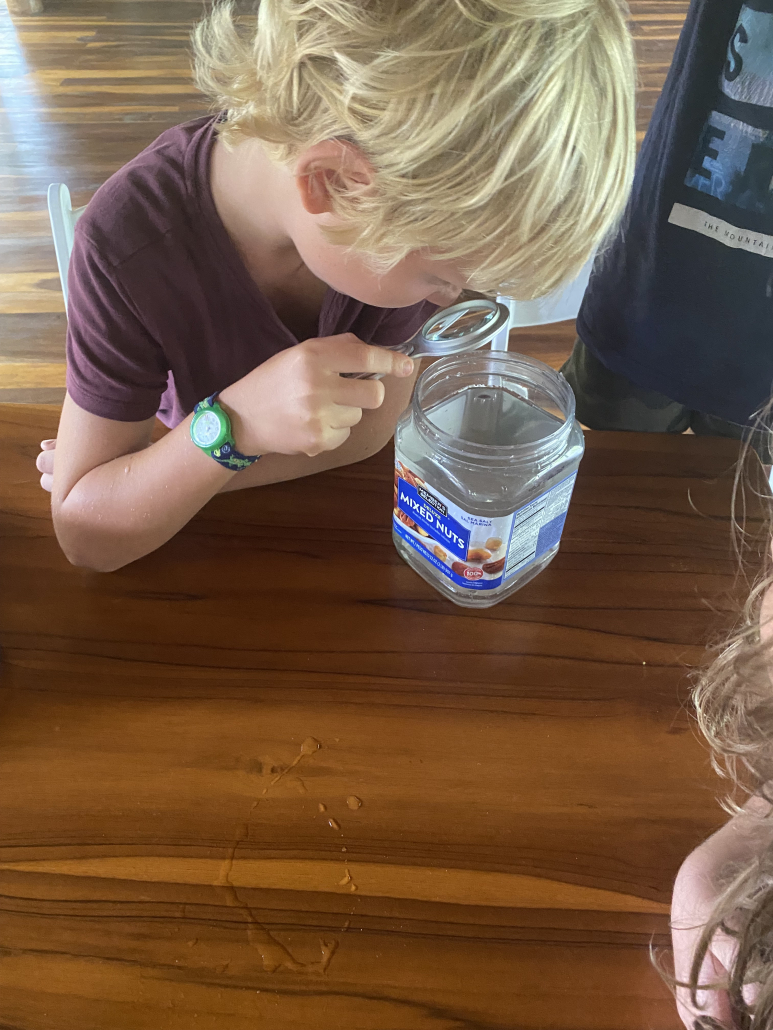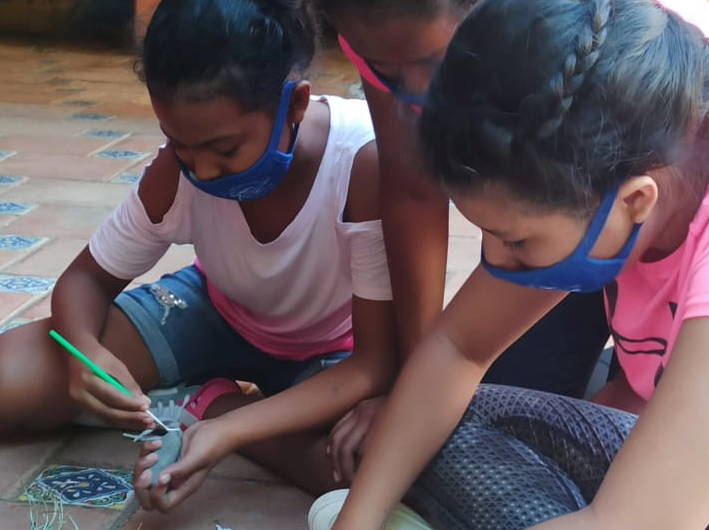Our educational workshops are suitable for primary school-aged children. Through fun and engaging activities that focus on caring for, and learning about the environment, we aspire to encourage each child to become an environmental activist. Each learning module includes inquiry-based lessons and hands-on activities, and all are linked to the New South Wales Science and Technology K-6, and Geography K-10 syllabuses, with cross-curricular learning incorporated into every lesson.
Every workshop is facilitated by a qualified marine scientist with a background in education, ensuring a quality learning experience for each child. Our workshops are offered as single or multiple sessions.
More information on each of our modules is below.
To enquire or make a booking, please EMAIL US













